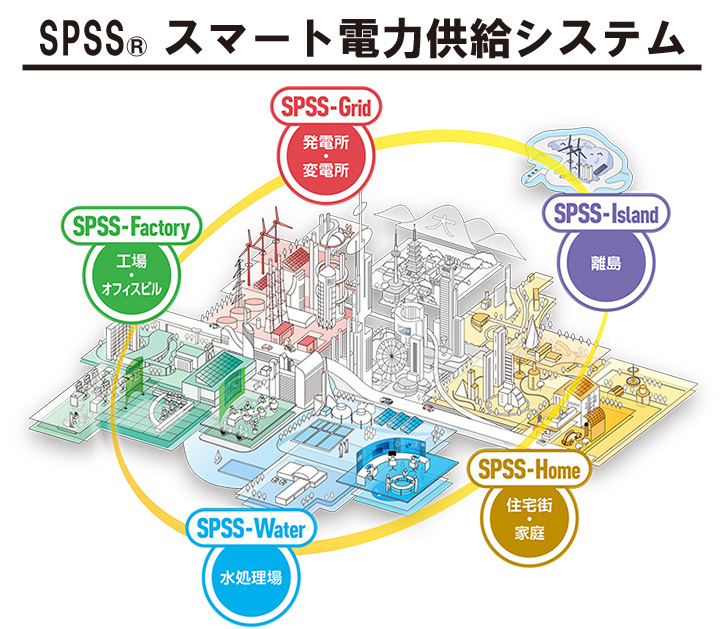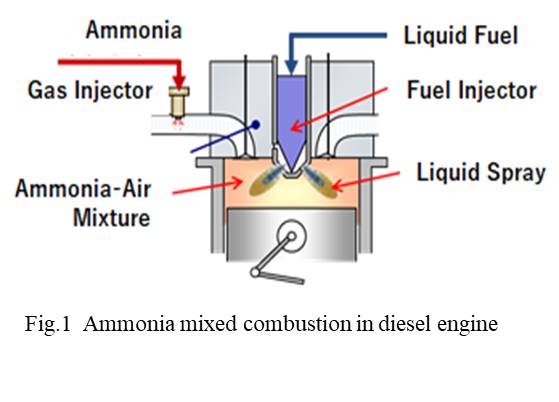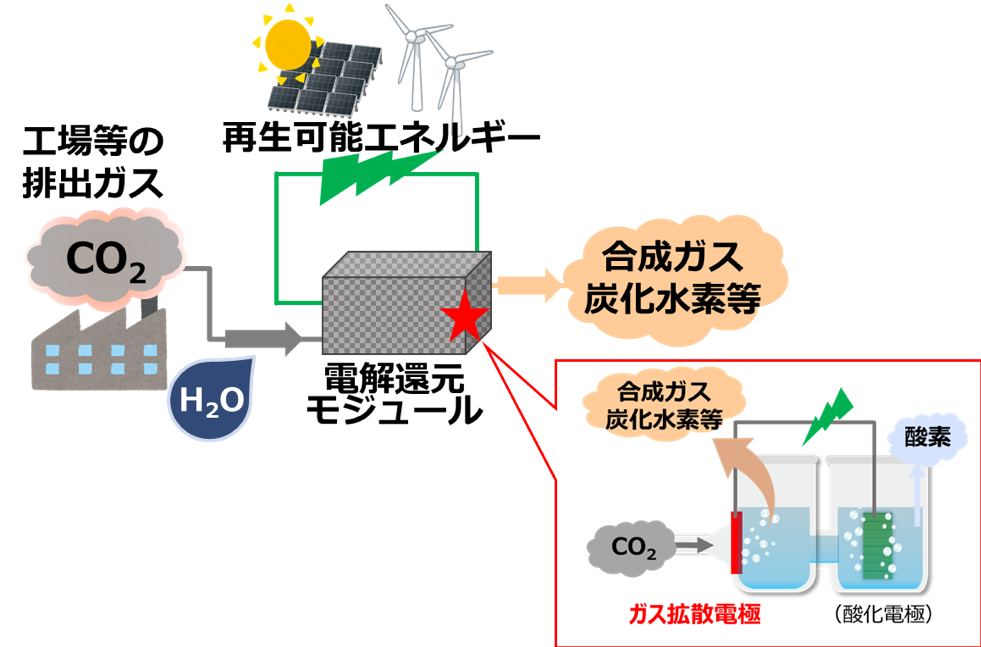Achieving net zero carbon emissions from paint finishing processes
Taikisha Ltd.
Outline
Taikisha is engaged in the design and construction of automobile paint plants that deliver high paint finish quality and adopt energy-saving technology and advanced environmental technology, based on its core technologies cultivated in the industrial HVAC system business, such as exhaust treatment and airflow control technologies. In recent years, Taikisha has expanded its business to paint finishing systems for aircraft and railway cars. In the automobile manufacturing processes, the paint finishing process consumes a large amount of energy, creating a high environmental impact. Taikisha has continuously been proposing technologies designed to reduce CO2 emissions and calculating the reduction of CO2 emissions by using an energy consumption calculation model for automobile paint finishing lines. Taikisha is aiming to achieve net-zero carbon emissions per vehicle in 2050 through collaboration with automobile manufacturers and other related business partners by combining different technologies.
Description
Taikisha is engaged in the design and construction of automobile paint plants that deliver high paint finish quality and adopt energy-saving technology and advanced environmental technology, based on its core technologies cultivated in the industrial HVAC system business, such as exhaust treatment and airflow control technologies. In recent years, Taikisha has expanded its business to paint finishing systems for aircraft and railway cars.
In the automobile manufacturing processes, the paint process consumes a large amount of energy, creating a high environmental impact. Taikisha has continuously been proposing technologies designed to reduce CO2 emissions and calculating the reduction of CO2 emissions by using an energy consumption calculation model for automobile paint lines. Taikisha is aiming to achieve net-zero carbon emissions per vehicle in 2050 through collaboration with automobile manufacturers and other related business partners by combining different technologies.
Since 2000, Taikisha has been calculating the reduction of CO2 emissions. CO2 emissions per vehicle, which were 160.1kg-CO2/unit in 2005, decreased to 100 kg-CO2/unit, which is the first medium-term target, in 2012. In 2015, Taikisha reduced CO2 emissions further to 80 kg-CO2/unit, which is the second medium-term target, by promoting facility technologies such as heat pumps and dry filtration booths (dry paint booths that use a combination of pre-coating materials and filters). In FY2018, Taikisha was able to reduce CO2 emissions to 73.5 kg-CO2/unit. Further, Taikisha is working to achieve the third medium-term target of reducing CO2 emissions to 70 kg-CO2/unit in FY2020.
Toward achieving the third medium-term target of 70 kg-CO2/unit, Taikisha will promote consideration of waste heat recovery from lower temperature sources and development of technologies such as downsizing paint finishing systems and enabling lower baking temperatures in drying ovens. Taikisha will promote the introduction of renewable energy (solar thermal energy and wind energy, etc.) or consider adopting next-generation energy sources, including hydrogen, by 2020, and develop concrete proposals with the aim to put them into practice in 2020 or thereafter.
By combining these technologies, Taikisha will collaborate with automobile manufacturers and other related business partners toward achieving net-zero carbon emissions per vehicle in 2050.
Other Innovation Challenges
Achieving net-zero carbon emissions from plant factories using full artificial lighting
Taikisha Ltd.
Similar Innovation Challenges
Activities for reducing GHG of business operations in Nissin Electric Group
Nissin Electric Co., Ltd.







-1人工光合成技術.jpg?id=2&tid=759&imageNumber=1)